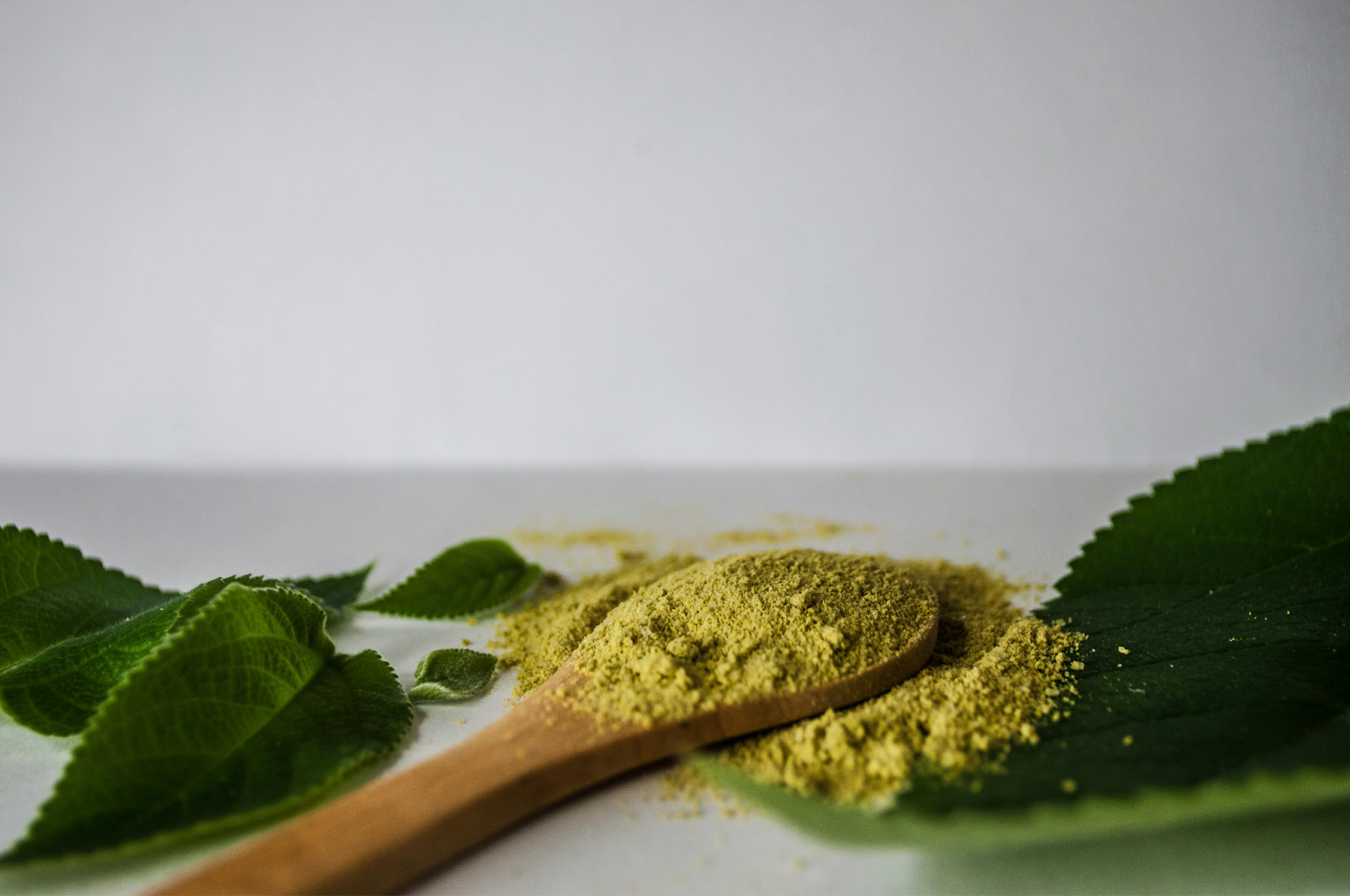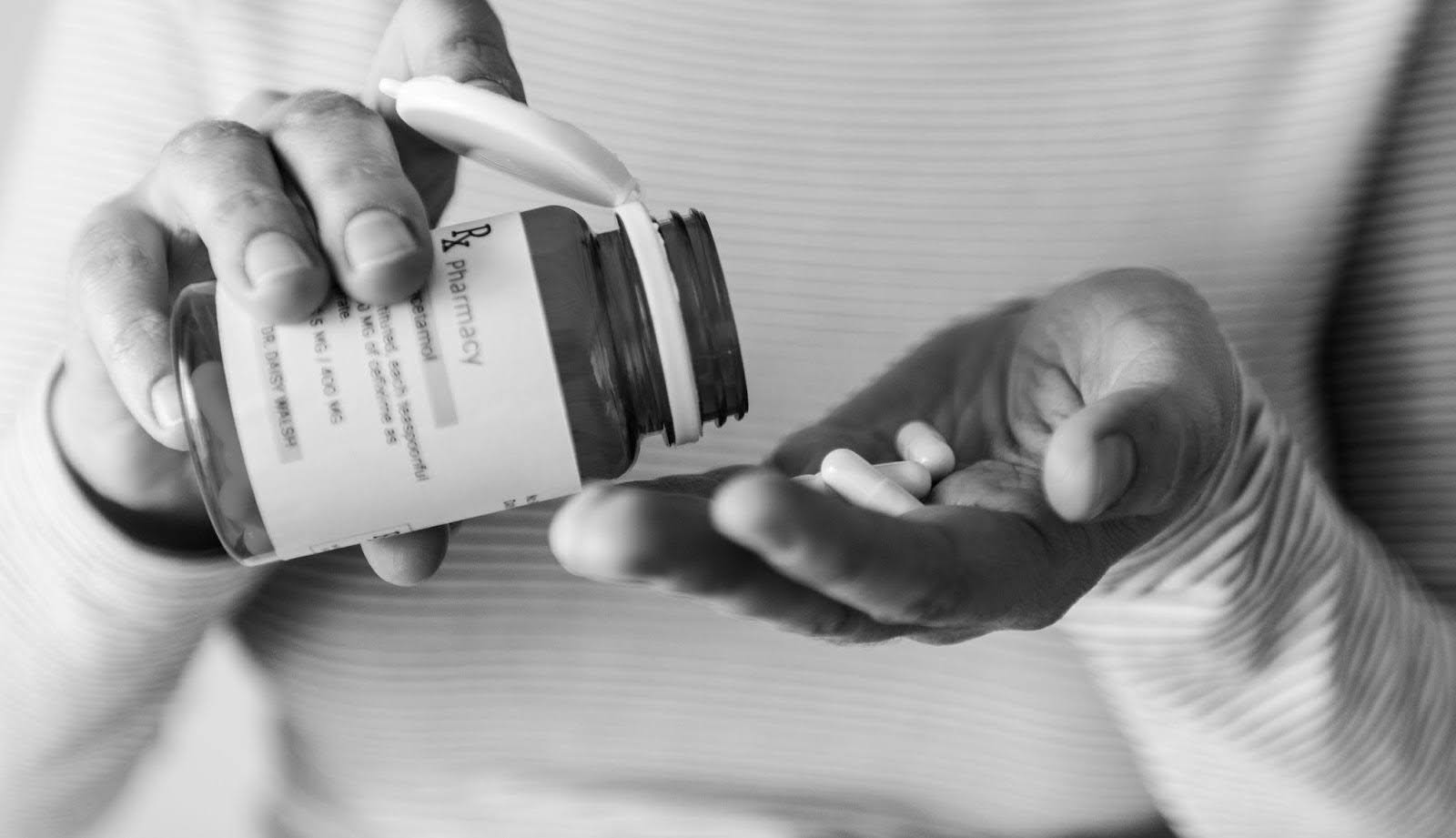When shopping for herbal products like kratom, kava, or 7-OH blends, lab testing is the gold standard for confirming quality and safety. But what if you don’t have direct access to those results, or you’re in-store and need to make a snap judgment?
If you’re browsing shelves at a local shop or scrolling online listings, there are still clear, practical ways to evaluate herbal product quality using your own senses, research skills, and a little bit of pattern recognition. This guide walks you through how to assess product quality when third-party lab reports aren’t available.
Why Product Quality Matters
When it comes to kratom, product quality is more than just a nice-to-have. It’s the difference between a clean, reliable experience and one that leaves you questioning what went wrong. A trusted kratom vendor will prioritize proper sourcing, clean processing, and transparent testing, because poorly handled botanicals can lead to more than just weak effects.
Low-grade kratom often includes:
- Inconsistent alkaloid levels, leading to unpredictable results
- Fillers or synthetic ingredients that alter the plant’s natural effects
- Potential contaminants, like mold, heavy metals, or microbes
- Harsh taste or digestion issues due to improper drying or storage
Since kratom works directly with your body’s nervous and digestive systems, quality is not optional. If you’re using it for focus, recovery, or calming rituals, choosing a reputable vendor protects your health and ensures the plant works as intended.
Look at the Label—Closely
The product label holds a surprising amount of information—if you know what to look for.
Things to check on the label:
- Full ingredient list – Are all ingredients listed clearly? Avoid anything that hides behind vague terms like “proprietary blend” or “natural flavors” unless defined.
- Batch or lot number – This shows traceability. No batch number? That’s a red flag.
- Packaging date or “best by” – Botanicals degrade over time. If the date is missing or expired, skip it.
- Serving size and alkaloid content (if stated) – Reputable kratom or kava products may list mitragynine or kavalactone percentages. If they do, look for consistency and realistic ranges (e.g. 1–2% for mitragynine in raw kratom powder).
- Contact information – Can you reach the company if you have a question? If not, that’s a concern.
Pro tip: Well-labeled products usually reflect a brand that takes compliance seriously—even when test results aren’t shown.
Assess the Packaging Quality
The quality of the packaging can say a lot about the care behind the product.
Watch for:
- Airtight seals – Especially important for powders and extracts
- UV-blocking or opaque containers – Protects from light degradation
- Sturdy material – Thin plastic or poor seals may indicate low production standards
- Tamper-evident seals or shrink bands – Extra points for safety
Herbs are sensitive to moisture, air, and light. If the packaging is cheap or clearly reused, the contents may have lost their strength—or worse.
Smell is one of your most powerful tools for detecting freshness. Fresh kratom should smell earthy, grassy, and a little bitter—not musty or stale. High-quality kava smells peppery, nutty, and mildly spicy. Shots and tinctures shouldn’t have sour, fermented, or chemical-like aromas. If something smells “off,” trust your instincts and move on.
Check Color and Texture
The appearance of the product can reveal a lot about how it was harvested, processed, and stored.
For powders:
- Kratom: Fine, olive green color is ideal. Avoid brownish tones or gritty textures.
- Kava: Should look tan, creamy, and soft—without clumps or mold spots.
For capsules:
- Capsules should be full and consistently packed—not half-empty or cracked.
- No powdery residue or oil leakage should be visible in sealed bags.
For liquids:
- No separation, sediment, or floating particles (unless it’s a natural emulsion clearly labeled).
- Consistency in color across batches helps too.
Natural variation exists, but drastic changes in color, consistency, or smell often indicate low-quality or old stock.
Look Up the Brand’s Online Presence
Even if you’re in a store, a quick online search can tell you a lot about the brand:
- Does the company publish lab results on their site? Even if not included with every batch, a transparent brand will offer test history somewhere.
- Do they have clear sourcing and manufacturing information? Knowing the country of origin and type of processing builds confidence.
- Do customer reviews mention consistency, freshness, or quality control? Look for patterns across multiple platforms—not just glowing testimonials.
Also check if the brand is part of industry groups like the American Kratom Association (AKA) or the American Herbal Products Association (AHPA), which promote quality standards.
Ask These Questions in a Store
When you’re shopping in-person, don’t be shy about asking staff for more info. Questions like:
- Where do you source your kratom or kava?
- Do you rotate stock often?
- Are lab results available online or on request?
- How long has this been on the shelf?
If the staff seems informed and transparent, that’s usually a good sign.
If a product makes extreme promises, uses flashy graphics, or claims things like “ultra max 10x extract with no crash,” take a pause. Quality brands tend to lead with transparency, not gimmicks.
Final Thoughts: Quality Without a Lab Is About Patterns
While nothing beats a certified third-party lab report, you don’t need one to make smarter herbal purchases. Pay attention to the packaging, smell, labeling, and branding. Compare with trusted products you’ve used before. Ask questions. Research reviews. And start small.
When you learn to read these signals, you’ll gain more confidence in your choices—and save money, time, and frustration along the way.

















